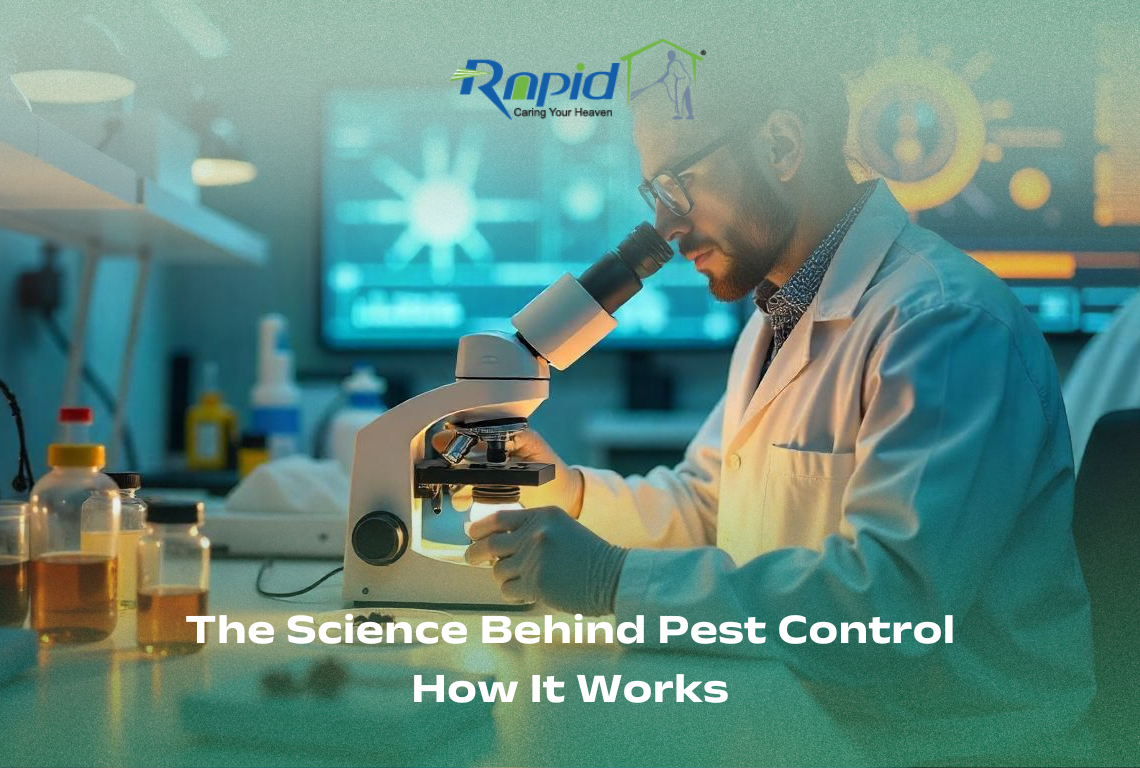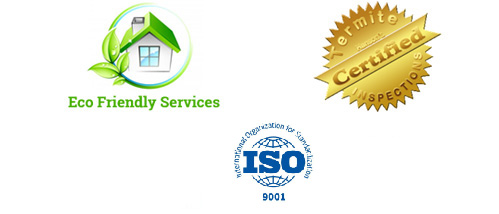
Introduction
Pest control isn’t just about spraying chemicals and hoping for the best it’s a blend of biology, chemistry, environmental science, and strategic planning. Understanding how pest control actually works helps you make smarter decisions for your home or business.
Let’s explore the science behind pest control and how Rapid Pest Control Rajkot uses this knowledge to safely and effectively eliminate pests.
1. Pest Biology: Knowing the Enemy
Every effective pest control treatment starts with understanding the life cycle, habits, and behavior of the target pest.
🔍 Examples:
- Termites are social insects that live in colonies and feed on cellulose.
- Cockroaches thrive in moist environments and reproduce quickly.
- Rodents are nocturnal and have powerful teeth capable of chewing through wires and plastic.
✅ Scientific Insight: Targeting the specific stage (larvae, adult, etc.) is crucial for breaking the reproduction cycle.
2. Inspection & Identification
Before treatment begins, pest control professionals perform a scientific inspection of the property.
They assess:
- Entry points
- Food and water sources
- Nesting or hiding spots
- Environmental conditions that promote infestation
🔬 Tools used: UV torches, pheromone traps, moisture meters, and magnifying lenses.
3. Integrated Pest Management (IPM)
IPM is a science-based, eco-friendly approach combining several methods for long-term control:
Key Components:
- Biological Control: Using natural predators (e.g., introducing beneficial insects)
- Mechanical Control: Traps, barriers, and exclusion techniques
- Chemical Control: Selective and targeted pesticide use
- Cultural Control: Modifying the environment to make it less attractive to pests (cleanliness, sealing cracks, etc.)
🌿 IPM focuses on minimizing pesticide use and maximizing long-term results.
4. Chemical Formulations & Their Role
When chemicals are necessary, the science lies in using the right formulation:
🧪 Types of Pest Control Chemicals:
- Insect Growth Regulators (IGRs): Disrupt the life cycle
- Baits & Gels: Attract and eliminate pests at the source
- Repellents: Prevent entry or nesting
- Residual Sprays: Offer long-term surface protection
✅ Professional Advantage: Experts like Rapid Pest Control use WHO- and BIS-approved chemicals that are effective yet safe for humans and pets.
5. Application Techniques
Scientific knowledge determines:
- Where to apply (target zones)
- How much to use (dosage matters)
- What tools to use (sprayers, foggers, injectors)
Modern tools include:
- ULV Foggers (for mosquito & virus control)
- Termite Reticulation Systems
- Gel guns for cockroach treatment
- Aerosol dispensers for spot treatment
6. Monitoring & Follow-Up
After treatment, scientific monitoring helps track results:
📋 Steps include:
- Checking bait stations
- Watching for new droppings or signs
- Adjusting treatment plans as needed
Professional pest control companies offer AMC (Annual Maintenance Contracts) based on scientific assessments of recurring risks.
Why This Matters to You
When pest control is backed by science, it:
- Offers faster and safer results
- Reduces risk of reinfestation
- Is tailored to your environment
- Keeps your family, pets, and customers safe
Why Choose Rapid Pest Control Rajkot?
🔬 Scientific Approach: We combine knowledge of pest biology with the latest technology.
🌱 Eco-Safe Treatments: ISO-certified and pet-friendly methods.
📊 Data-Driven Plans: Inspections, custom strategies, and regular reports.
🛠️ Advanced Equipment: From gel baits to reticulation systems.
📍 15+ Years in Gujarat: Trusted by homes, offices, and industries.
Conclusion
Pest control is much more than a spray bottle it’s science in action. From understanding pest behavior to applying the right treatments with precision, scientific pest management ensures your property stays protected efficiently and sustainably.
📞 Contact Rapid Pest Control Rajkot today to schedule an inspection and experience the science-backed difference!

